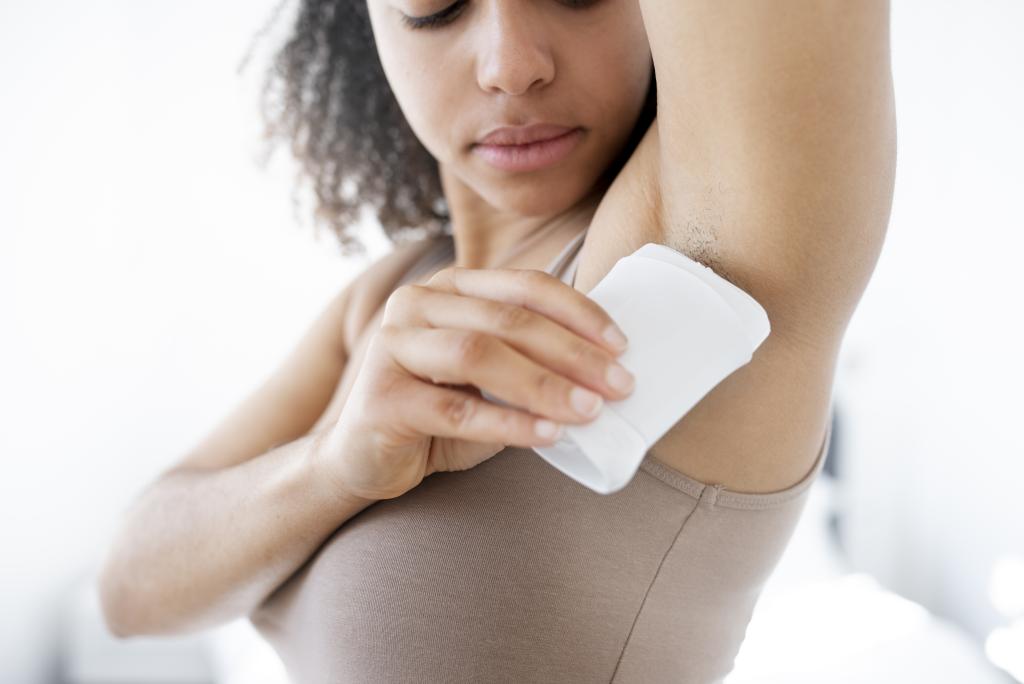Axillary hyperhidrosis is a condition characterised by excessive sweating of the underarms, which can be both noticeable and socially embarrassing. Excessive sweating can affect different areas of the body and may have a range of treatment options.
A dermatologist can assess your individual situation, discuss suitable treatment options, and answer any questions you may have about the procedure.

Treatment
Botulinum toxin is an effective treatment for axillary hyperhidrosis, a condition where the underarms produce excessive sweat that can interfere with daily activities and confidence. This works by temporarily blocking the nerve signals that activate sweat glands, helping to significantly reduce sweating in the treated area. When performed specifically by a dermatologist, this treatment may also attract a Medicare rebate.
How does it work?
The treatment is performed in the clinic and usually takes less than 15 minutes. After cleansing the area, small amounts of botulinum toxin are injected just beneath the skin in a series of tiny injections across the underarm. A fine needle is used, and discomfort is generally minimal—ice or numbing cream can be applied if needed. Most patients return to normal activities immediately afterwards. Results typically begin within a few days, with maximum benefit seen at around 2 weeks, and effects lasting 6–9 months.

FAQ’S
Frequently Asked Questions


Is the procedure painful?
The injections feel like a series of small pinpricks. Most patients tolerate the treatment well, and numbing options can be used to increase comfort.
How effective is it?
Botox can reduce sweating by up to 80–90% in the underarm area, greatly improving comfort and quality of life.
How long does it last?
Most patients experience results for 6–9 months, though this varies between individuals. Repeat treatments are usually needed to maintain results.
Are there side effects?
Side effects are uncommon. Temporary bruising, mild discomfort, or small bumps at the injection site may occur. Serious side effects are rare.
Is it covered by Medicare?
Yes, when performed specifically by a dermatologist, Botox treatment for severe axillary hyperhidrosis may attract a Medicare rebate. Your dermatologist will advise you on your eligibility and any out-of-pocket costs.